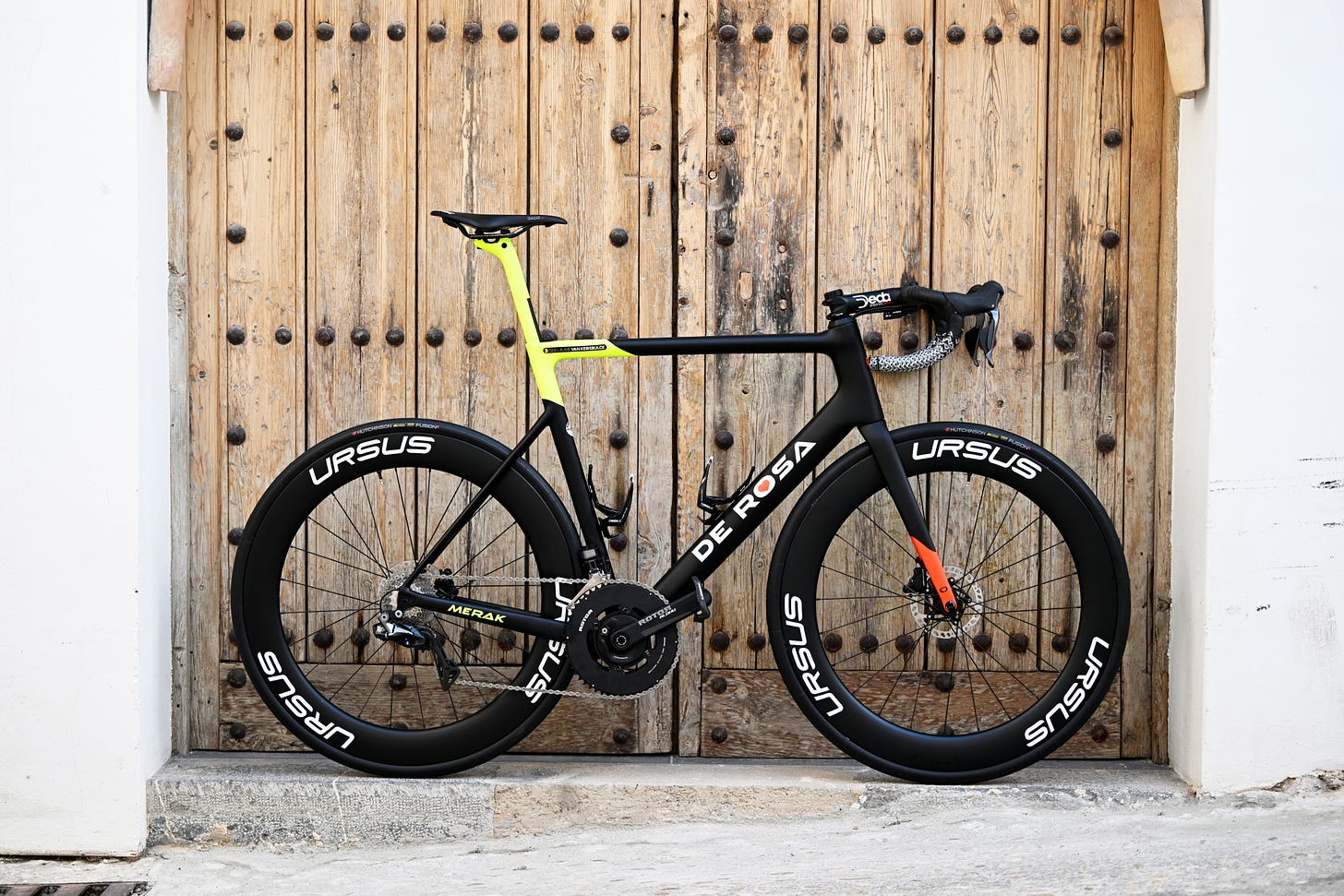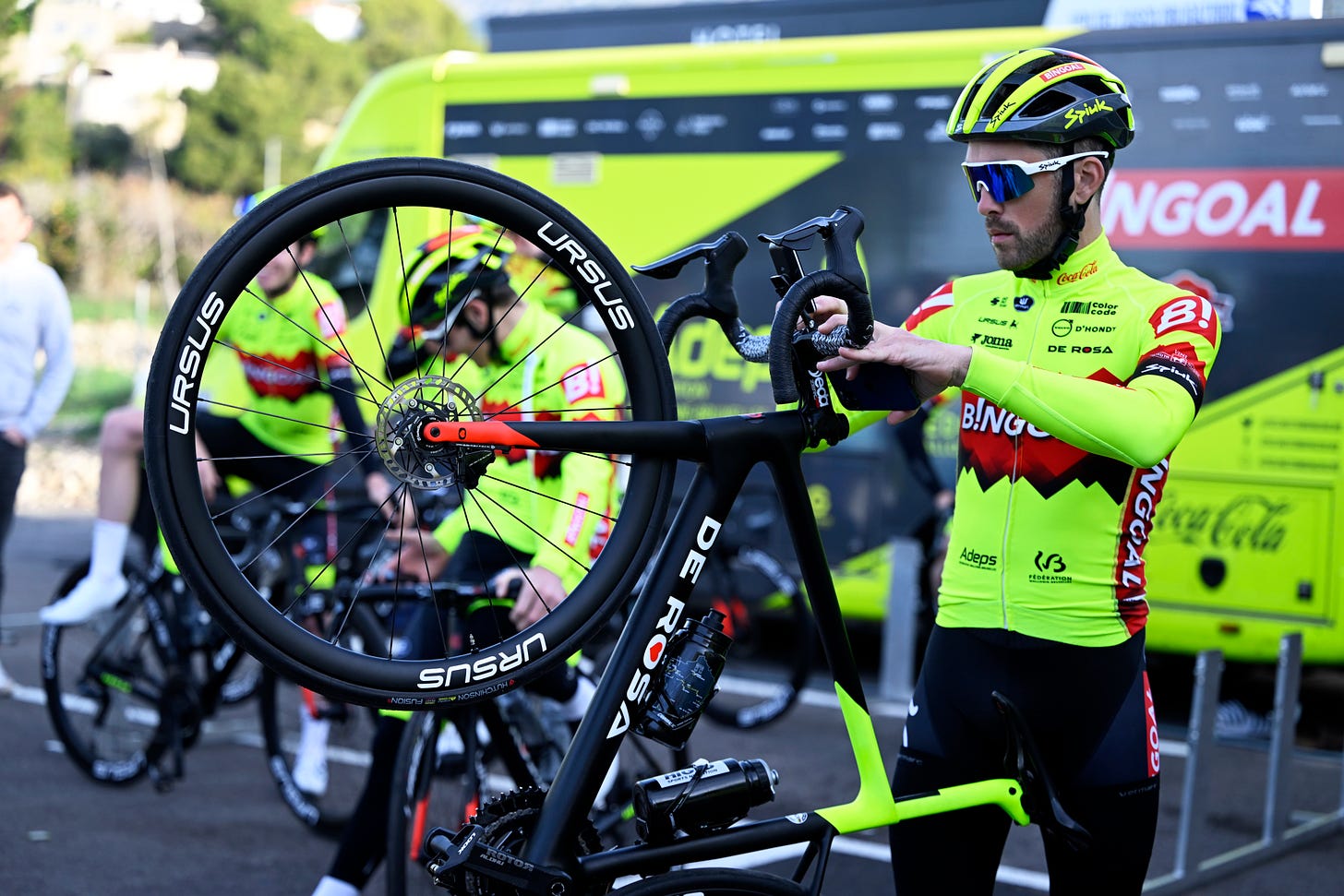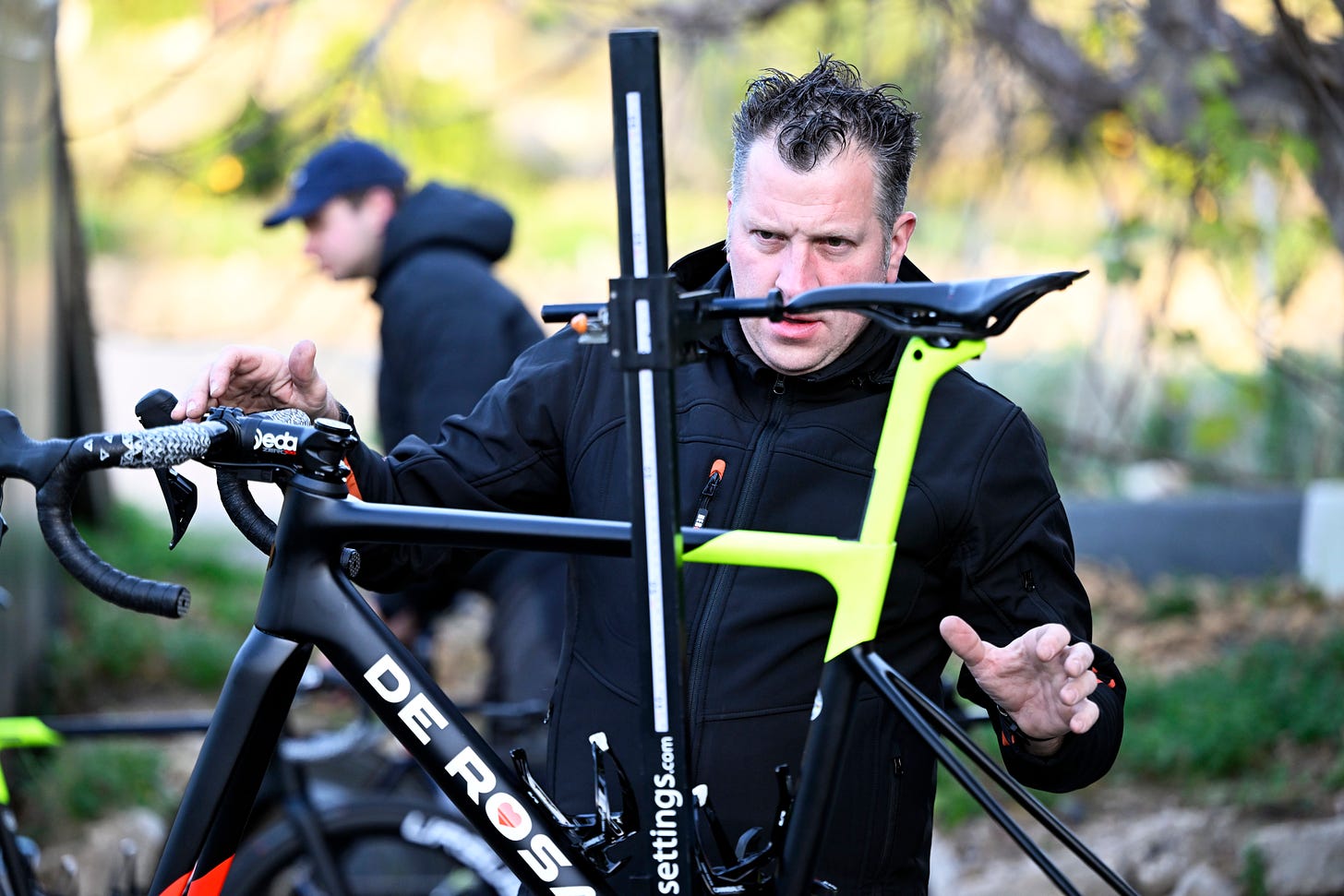A standard bike review: De Rosa Merak
The De Rosa Merak offers a choice. It is simple to run a semi-integrated system, with accessible cables, making maintenance of the bike a personal endeavour rather than a bank-destroying expense...
How do I make this appraisal of my 2023 De Rosa Merak different, unique and stand out from every other review in every other magazine on the market? A difficult feat given the convergence of bike design in recent years, what with the UCI’s restrictive traditional rules on the aesthetics of a bicycle. In some ways bike design is on the same path Formula One finds itself every five or so years. The departments across the teams agreed, with the support of data, on the most aerodynamically efficient model. However, the De Rosa Merak has steered clear of the “modern aerodynamic” commonalities maintaining its seventy-year heritage in bicycle design whilst, somehow, keeping up with the times to produce a modern classic.
So what do you want to know? What’s the ride like? My honest opinion is that the De Rosa Merak boasts a compliant, stiff and well-balanced frame. I could feel the quality in the build as I straddled the bike over cobbles, climbs, descents and sprints. The forward momentum was noticeable, despite the traditional, circular tube shaping.
You the reader are probably thinking; “So like every other frame out there, yeah?”
Well no, not exactly. In my humble opinion, there is a lot more going for the De Rosa Merak than a lot of the modern, incredibly aerodynamic frames on the market. The compliance for one, extends beyond the interwoven carbon fibres and produces an adaptability in position. It remains an easier frame to maintain than the majority of models boasting ‘full system integration.’ Something, that is necessary on the highest level of marginal gains, but on the consumer market is an accessory that, in my opinion, should be a choice over an obligation to run. That’s what the De Rosa Merak offers, a choice. It is simple to run a semi-integrated system, with accessible cables, making maintenance of the bike a personal endeavour rather than a bank-destroying expense including the ability to manoeuvre the bike into a conventional bike box. It is entirely possible to upgrade to a fully integrated front end, as some of the professionals on Bingoal Wallonie Bruxelles have done.
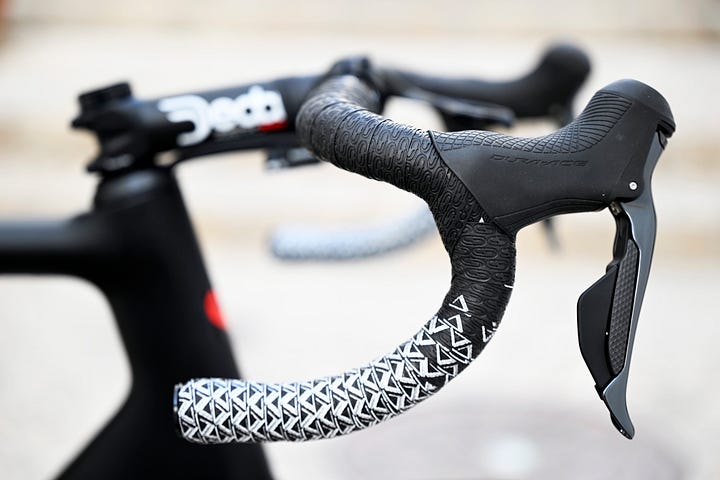
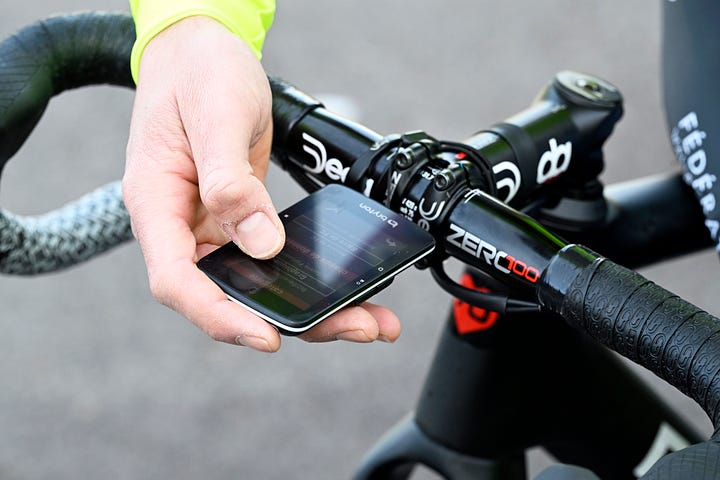
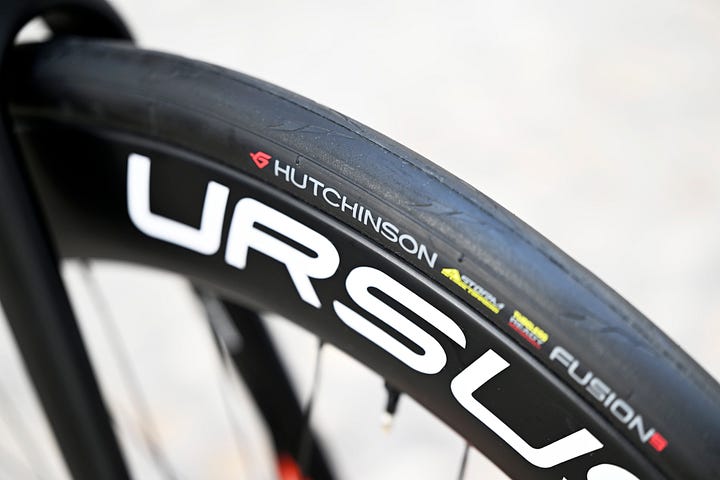
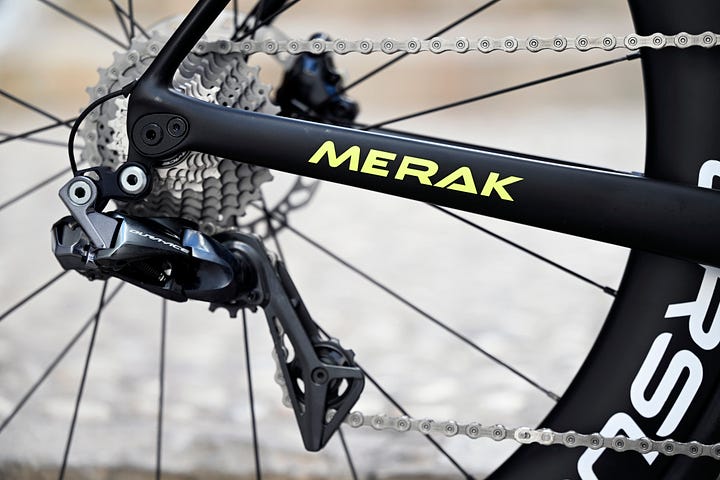
Due to this compliance in bike fit, it is possible to adapt the bike to my body’s requirements in ways a lot of modern frames are unable to achieve. Sure I may lose one to five watts on a cable or two touching the wind, but I surely make up double, triple or even four times that amount in the ability to mould my body into an efficient shape. After all, the body contributes to eighty per cent of the overall aerodynamic drag of the system (bike and rider combined). I believe a balanced system, where body and bike work in harmony is the way to achieve complete souplesse, another prestigious categorisation of aesthetics on a bike. If one part of the system is imbalanced there will be issues. This is why I say the De Rosa Merak felt like a well-balanced bike, despite my choosing a frame size too large*, is it engrained in this fundamental geometry and design.
The Heritage.
The history of the brand, and maker of De Rosa–Ugo is easily defined by the silhouette of the De Rosa Merak. It screams cycling heritage. It’s one of those, tell me you’ve been producing quality bikes for seventy years without telling me. However, they do literally tell you with their most up-to-date model being called the 70. Their legacy is characterised by their frames heralding one of the last true horizontal top tubes. It’s a modern take on a classic bicycle design in an age where the features of the modern bicycle frame are converging.
If I can offer some advice on selecting the appropriate bike size from De Rosa, it is to be careful with the sizing guide. As with their visible quintessential designs, they too measure the frames in the traditional Italian sense. I fooled myself, more as a result of my naivety in working with Italian frames than a fault of De Rosa. It’s known that Italian builds have a slightly different way of categorising their bike sizes. They measure from different places to class their bike as a 54, 56 or otherwise. For example, with the Merak a ‘54’ actually sizes like a ‘56’ to the British or American audience. Again, learn from my naivety and choose a size that means you will get the most out of the De Rosa Merak! Especially when asking Mattijs to purchase one from our end-of-season sale.
The ‘Euro’ look is a vastly sought-after aesthetic. The Italian features are a staple in bicycle design. If you hope to enter the unspoken classification of the euro appearance on the roads, look no further than the bikes produced by De Rosa. Few and far between in Britain, you could be one of the few to ride this prestigious brand. All you have to do is email our marketing manager, Mattijs Dachy
In Memoriam. Ugo De Rosa. 70 Years of beautiful De Rosa Bikes. Grazie Mille ❤️




